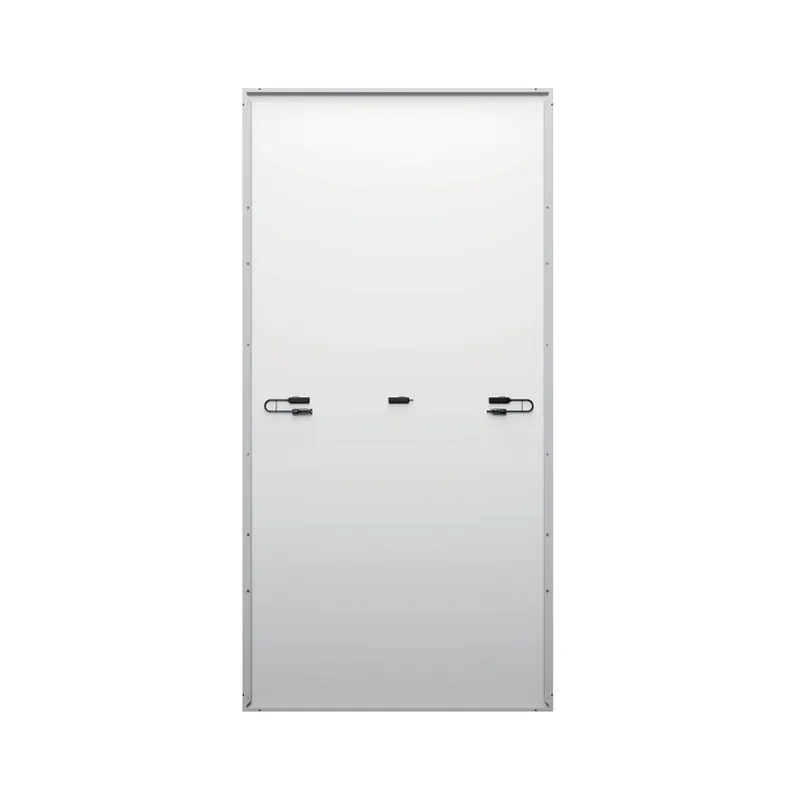standard dimensions solar panels
Understanding Standard Dimensions of Solar Panels
As the world shifts towards renewable energy, solar panels have emerged as a popular choice for harnessing solar power. Understanding the standard dimensions of solar panels is essential for homeowners and businesses considering installation. This article provides an overview of typical sizes, their implications for energy efficiency, and how they fit into various applications.
Most solar panels produced today come in standardized dimensions, primarily for manufacturing efficiency and ease of installation. The two most common sizes for residential solar panels are 60-cell and 72-cell configurations. The 60-cell panels typically measure about 65 inches by 39 inches, while the larger 72-cell panels measure approximately 77 inches by 39 inches. These dimensions not only allow for optimal space utilization on rooftops but also facilitate a seamless integration with various mounting systems.
The size of a solar panel significantly influences its energy output. A 60-cell panel generally produces around 250 to 350 watts of power, while a 72-cell panel can generate between 300 to 400 watts. This wattage output is crucial for homeowners or businesses aiming to meet specific energy needs. For instance, a residential setup may require multiple 60-cell panels to efficiently power a home, depending on the electricity consumption.
standard dimensions solar panels

In addition to standard sizes, solar panels come in various efficiencies, which are crucial for maximizing energy production in limited spaces. Panel efficiency can range from 15% to over 22%, with higher efficiency panels requiring less area for the same power output. This is particularly advantageous for urban settings or locations with less roof space.
When considering solar panel installation, it’s also important to account for additional factors such as spacing between panels and the structure’s orientation towards the sun. Proper installation and arrangement can enhance the overall solar array performance and energy yield.
Moreover, the standard dimension of solar panels also plays a vital role in shaping solar energy policies. Governments and organizations often set incentives or rebates based on typical installations, thereby influencing market trends and availability of specific sizes.
In conclusion, understanding the standard dimensions of solar panels is integral for anyone looking to adopt this renewable energy source. The common sizes - 60-cell and 72-cell - cater to a wide range of energy needs, with considerations for efficiency and installation location critical for maximizing solar energy benefits. As the technology evolves, these dimensions may adapt, but the principles of effective energy harnessing will remain the same. Embracing solar energy is not just an investment in technology; it is a commitment to a sustainable future.
-
Understanding the Advantages of Solar String Inverters for Your Energy SystemNewsApr.29,2025
-
Choosing the Right PV Inverter: A Comprehensive GuideNewsApr.29,2025
-
The Future of Solar Power: Exploring Bifacial Solar PanelsNewsApr.29,2025
-
The Complete Guide to Solar Panels: Efficiency, Cost, And InstallationNewsApr.29,2025
-
The Best Options for Efficiency and Cost-EffectivenessNewsApr.29,2025
-
Harnessing the Power of Off-Grid Solar Inverters for Energy IndependenceNewsApr.29,2025







